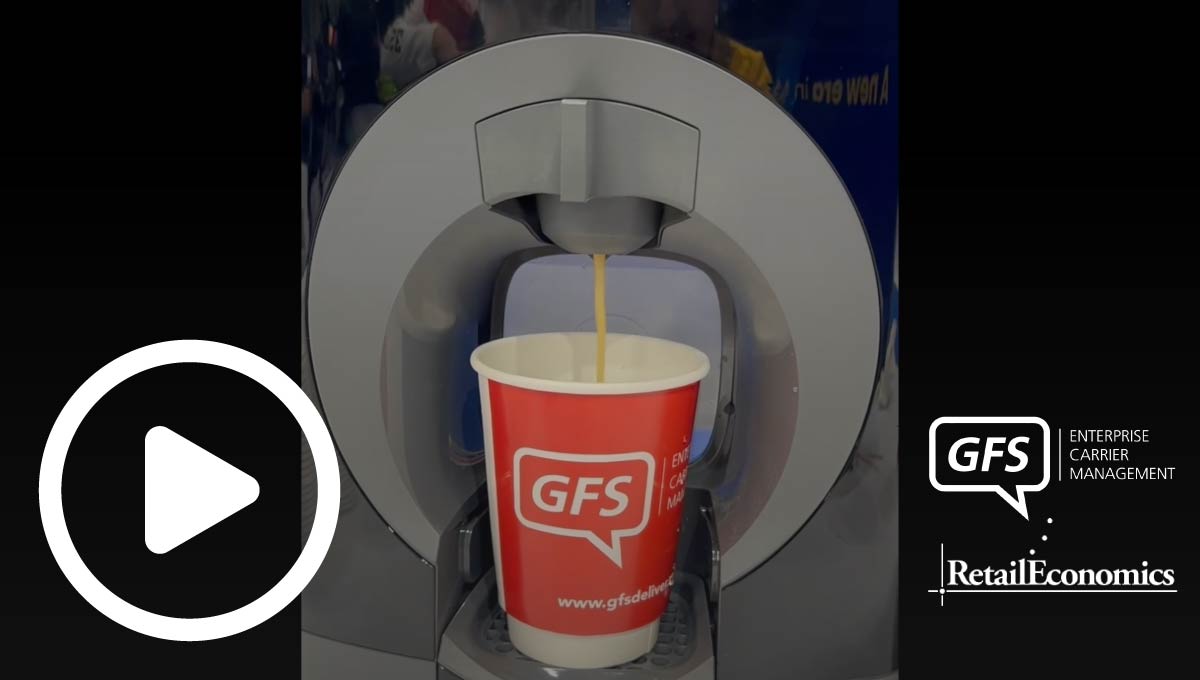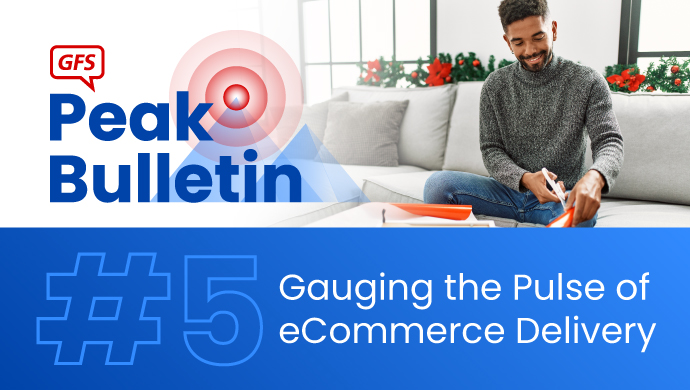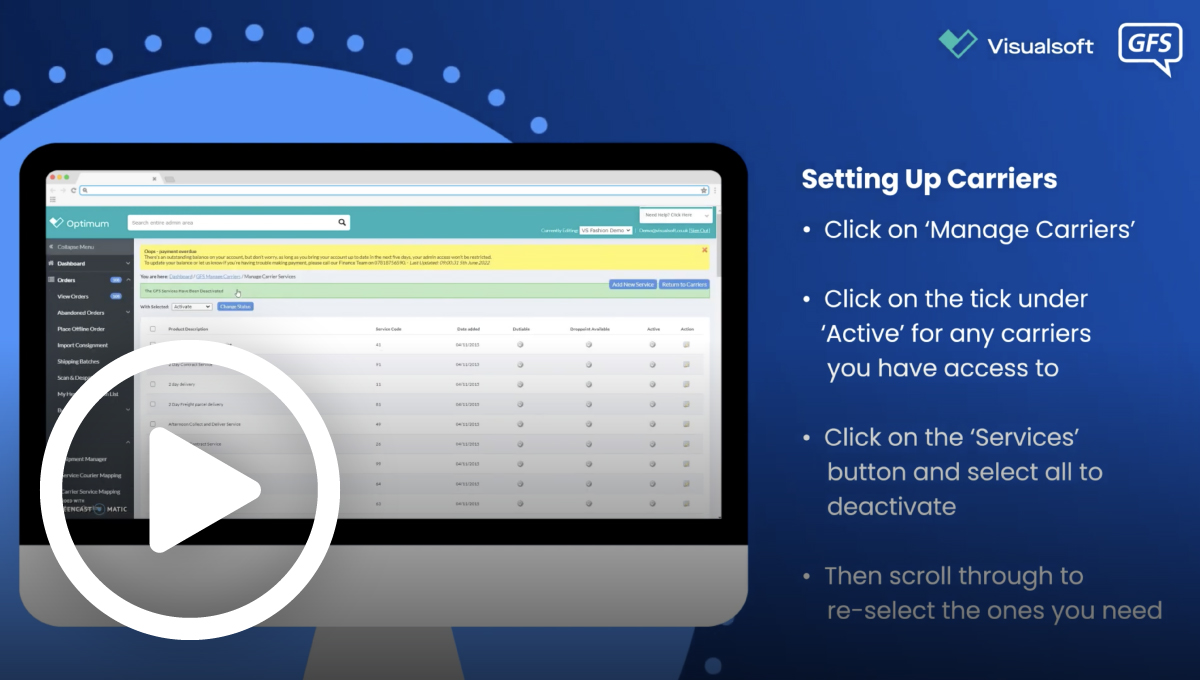Shopping cart abandonment is one of online retail’s biggest frustrations.
We have reviewed a range of checkout formats to see how the delivery experience can influence consumers to commit to a purchase, and convert would-be customers into buy now customers
GFS White Paper
The good, the bad and the ugly – How delivery helps to battle cart abandonment
Shopping cart abandonment is one of online retail’s biggest frustrations. With 69.2% of all shopping carts left discarded (Baymard Institute, 2017), it’s easy to see why this is an annoyance – that’s a huge number of sales that retailers miss out on.
Some of the factors causing abandonment are unavoidable – people become interrupted by the doorbell/phone/baby crying, or they just use the website for research. This is beyond our control but retailers can remove delivery as one of the obstacles that prevents consumers from completing their purchases.
We have reviewed a range of checkout formats to see how the delivery experience can influence consumers to commit to a purchase, and convert would-be customers into buy now customers.
What makes a great checkout?
A swift and seamless checkout system, with a range of delivery options, can ensure that customers have no excuse not to place their order.

Speed
The below checkout requires a lot of data to be entered manually. It is a time consuming and tedious task for customers, making it too easy to become bored and distracted. Many people will begin to question: “Do I really want this product?”.
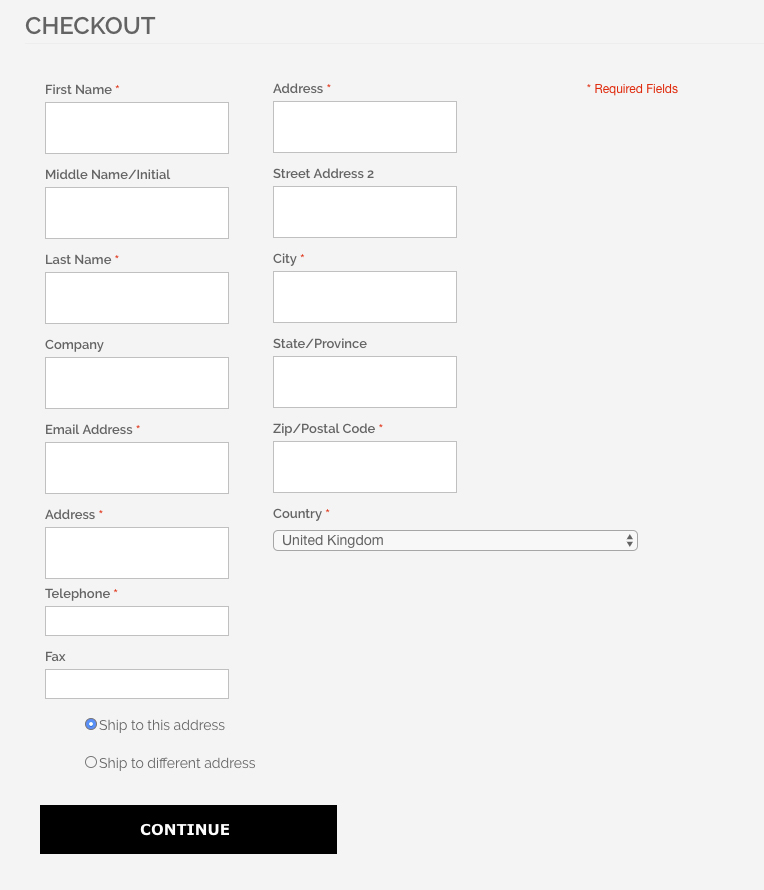
The checkout should be quick and straightforward which is where a postcode lookup box would help.

This would automatically fill in the customer address to help the customer complete the form in a few seconds rather than minutes.
Transparency
24% of consumers say they abandon a purchase because there were unexpected costs at the checkout (Baymard Institute, 2017). It’s important that all costs are clear from the outset so the consumer knows what to expect and is not surprised by extra charges.
The below checkout has not specified the actual delivery cost and requires more information from the customer before the final cost is displayed. A cheaper option is also available for this item.
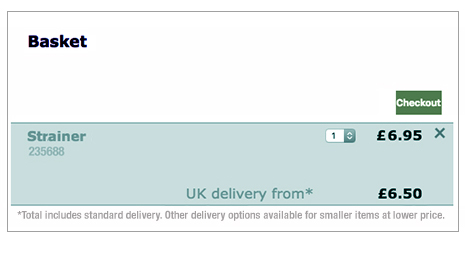
In fact, Citizens Advice recently outlined 6 parcel delivery principles in partnership with The Consumer Council and the government. This is number 3:
“At the earliest possible stage in the online buying process, online retailers should ensure that consumers can easily access clear, timely and transparent delivery policy information.”
Choice
This checkout only provides one delivery service and the description will leave the customer unsure when they are likely to receive their order. These are problems that may prompt them to reconsider.

In contrast, the below checkout offers a range of delivery options with expected lead times, which is exactly what consumers are looking for.
Research recently carried out by Shutl found that 95% of shoppers would go elsewhere if a retailer couldn’t offer delivery options to suit their needs, so this checkout certainly helps consumers to fit their delivery into their busy lifestyle, while also managing their expectations.
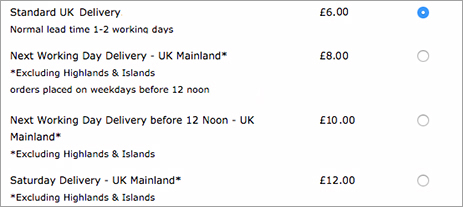
However, it could be enhanced further with the addition of Click and Collect stores and named day services for even more choice and convenience.
Convenience
Click and Collect has soared in popularity in recent years thanks to the possibility of collecting a parcel at a time that’s most convenient, especially as some locations are open late in the evening or, in the case of parcel lockers, 24hrs a day. Many consumers will look out for this option so it’s important it’s included within the checkout.
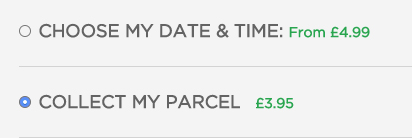
This interactive map shows the customer a choice of store locations, along with the distance from their home address. The user can also zoom in or out and view store opening hours, so they can choose a store with collection times most suitable for them.
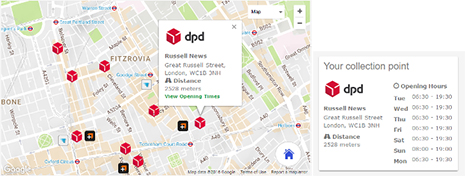
Simplicity and personalisation
Personalising the checkout to each individual customer ensures the content is adaptable and relevant to them.
Only one of the below delivery options is available to customers in remote areas, and showing them something they cannot have could lead to frustration. It could also leave them feeling unwanted as a customer and ultimately less inclined to follow through with the order.

The below checkout is a prime example of a simple and easy checkout process tailored to the customer’s location. The customer can choose exactly how and when they receive their order, with a range of delivery options that are address specific, with real-time available delivery dates.
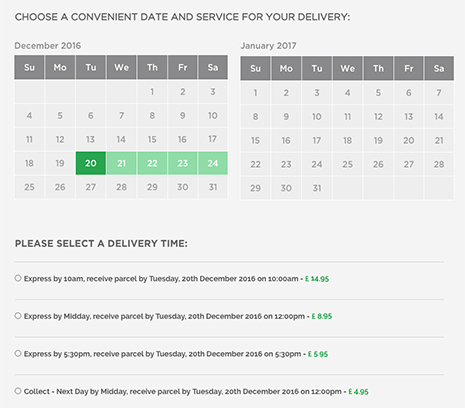
The customer can choose exactly how and when they receive their order, with a range of delivery options that are address specific, with real-time available delivery dates.
All of the options are displayed in an easy-to-navigate calendar and interactive map, making it straightforward for the customer to select a delivery that is best for them.
No forms altogether – instant shopping
Above all, a checkout should be kept hassle-free by minimising the steps needed to complete a checkout transaction. Consumers should be able to click buy and place an order instantly.
A guest checkout can give customers the option to avoid creating an account or having to remember another password. They will, however, need to confirm address details, delivery preferences and payment details. How can a customer securely pass all this information to the retailer with the click of a button?
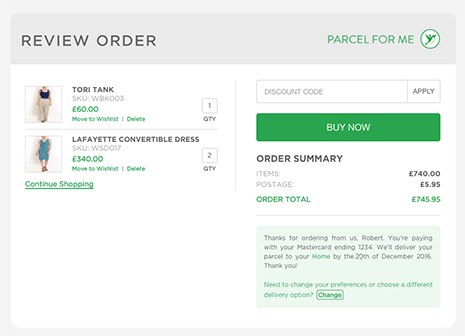
This checkout can access stored and secure customer information from Parcel For Me so no retailer site log-in is required and no data fields need to be filled in.
By making the process frictionless, customers then have little opportunity to think of reasons why they shouldn’t order, but can do so quickly and easily every time – turning abandoning customers into loyal customers.









